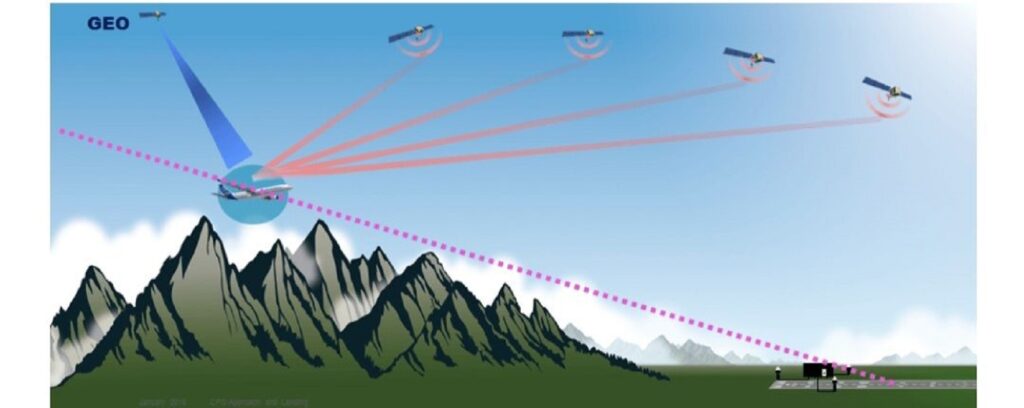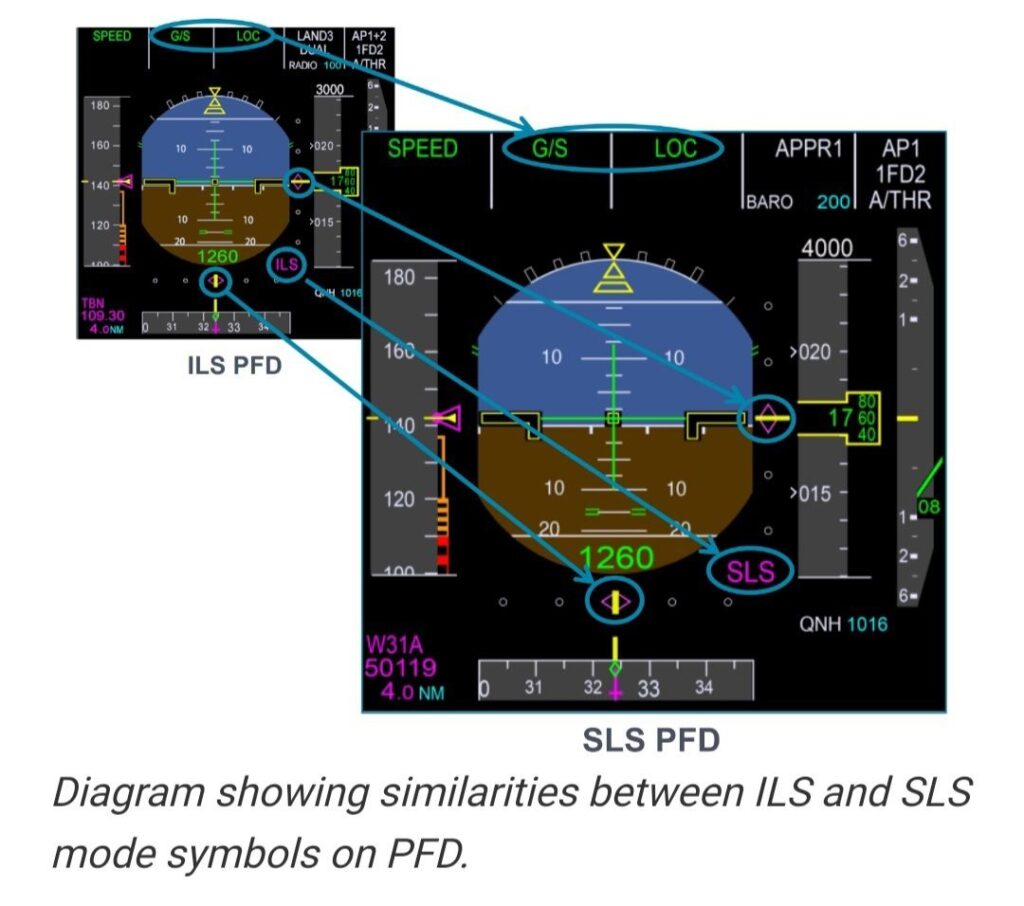
This particular feature allows pilots to execute “straight-in” approaches to airports through the utilization of satellite positioning, even in scenarios of poor visibility. The implementation of this feature, known as SLS, was initially carried out by Airbus in 2015 for *CAT1 approaches, and was supported by the European GNSS Agency (GSA) – now EuSPA – and the European Commission. The A350 was the first Airbus model in Europe to feature this technology, with the A220 Family following suit. Additionally, the A380 will soon be equipped with SLS capabilities as well.
The inclusion of SLS capability in airlines provides a significant advantage in their operations, especially in airports that lack precision approach equipment. It can serve as a backup to ILS during maintenance and as a reliable alternative in case of diversions. Secondary airports that don’t typically accommodate high traffic may not have the financial resources to install costly radio-based ILS equipment, making SLS a valuable solution.

Mathieu Hialé-Guilhamou, an Engineering Navigation Specialist, suggests that ILS is typically found in primary airports to ensure accurate tracking of the glidepath down to the runway decision height, especially in poor weather conditions or when obstacles are present. However, with SLS capability integrated into the aircraft and SBAS augmentation coverage in the sky, accurate CAT1 approaches, similar to those of ILS, can be performed even in low-visibility conditions at secondary airports.
Author – Nischal Paudel
Pilot






